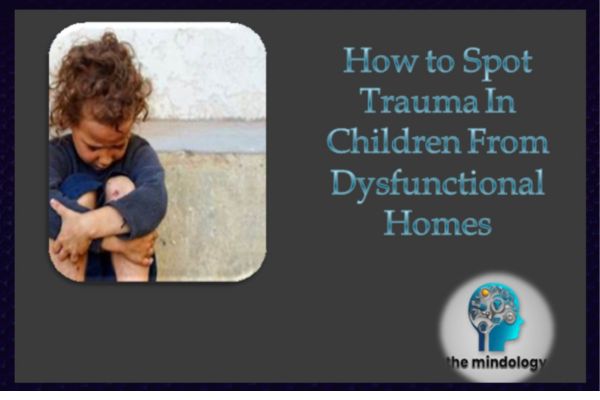The Surprising Power of Emojis in Global Communication
Emojis are symbolic characters that express expressions and feelings and have become a staple in digital communication worldwide. Since their inception in the 1990s, people have started sharing and using these symbols to express their feelings. Nowadays, these pictograms have transformed into more varied forms, such as gifs, avatars, and stickers. Statista suggests that the number of emojis will increase by 3,790 in 2025. However, with the times, the number of emojis released has been declining compared to yesteryears. There were 112 new emojis in 2022; the number dropped to 31 in 2023, while it took off to 118 in 2024. Nevertheless 2025, a new array of emojis will be expected, with beetroot, the shovel, and the flag of British Channel Island Sark looking the most promising. Emojis have become a huge part of online communication, illustrating emotions, ideas, and thoughts. Each year, 17th July is dedicated to popular graphics. Do you want to know more about emojis? Read this blog, where you will find the history of emojis and how they have become part of global communication. Emojis Through the Years: A Quick Look Back Based on the famous quote,” Necessity is the mother of invention,” emojis were part of digital communication in the late 1990s. A Japanese telecom company, NTT DoCoMo, faced challenges regarding early pager services that allowed only a limited number of characters per message. Business messages were conveyed without comprehensive knowledge about the products and services during that era.Engineer Shigetaka Kurita at the company created a set of 176 pictograms or emojis that describe feelings or expressions about the situation in one simple character. Initially, the emojis were basic, illuminating the music notes, hearts, faces, and weather symbols. Emojis became viral outside Japan when the iPhone and Apple realized the significance of the Japanese emojis market. In 2007, both these iconic brands officially included a collection of emojis by introducing the emoji keyboard. That was the landmark that unleashed tech-savvy users to untap the emojis onto the world. Unicorn Consortium was the first venture to set benchmarks for emojis in 2010, making them a niche feature worldwide. Over time, tech companies began to invest in digital designs to make emojis more appealing and customary. Early emojis had monochrome designs. However, emoji designs became vibrant with beautiful color schemes and variety, and they gained popularity. The repertoire of emojis evolved during the early 2010s, encompassing the races, genders, and professions. This progress has revitalized emoji designs as an effective global communication tool. People and businesses use emojis to reflect personalization, narrative building, and inclusivity. How Emojis Help Us Understand Each Other Better These days, emojis have transformed visual communication and become an additional digital layer in global communication. Emojis are robust ways to convey messages, whether you want to express a softened tone, criticism, sarcasm, or affirmations. Sometimes, text-based communication overburdens the subtleties; emojis help both sender and receiver understand the information. Emojis are now part of products and services’ internal and external branding and play an important role in social media. Most Businesses connect with their consumers by leveraging emojis, which depict brand elements and personality by evoking emotional responses. Emojis are important in expressions, reactions, public engagements, and even short-hand communication of complicated ideas and events in social media. The Surprising Effects of Emojis on Your Mood Emojis extend online visibility and user engagement by supplementing language barriers and conveying nonverbal communication. They are a form of visual communication that breaks the limitations of languages by adding meaning to the context. Popular emojis, such as thumbs up, fire, heart, face of joy, embracement, fear, tear expressions, and eyes, symbolically represent many emoticons and iconic features. Millennials and Generation Alpha are more prone to using emoticons, which now have a prominent role in digital marketing and advertising. Emoticons are digital images that immediately impact your mood; whether there is ongoing conflict or disagreement between two parties, using any softened digital image can resolve the issue. In other words, emojis are a popular way to express love, disagreement, and anger, and they are even inexpressible through verbal communication. They have given the human touch to even AI-based text. They are the instant emotional cues that transcend emotional responses. They replace text-centric communication with warmth and empathetic digital images. They boost users’ reactions and engagements. Why Do Emojis Mean Different Things in Different Cultures? Despite immense importance, emoticons have certain pitfalls, and their interpretations vary in different cultures. Eastern cultures mostly use eyes to express their emotions, while Westerners use emoticons mouths to seek their feelings. For example, an angel can misinterpret Western countries as a sign of death or somewhere in Africa, clapping hands endure sexual orientations. So, in 2017, a business psychologist, Keith Broni, created the first emoji translators, making these digital images’ lingua franca’. Emoji translations are the world’s first universal language and have the same meanings worldwide. Broni further elaborates that emojis are beyond cultural interpretations; they are digital images used as linguistic tools for global communication. How to Choose the Right Emojis for Your Brand Surprisingly, the most important question is how to use emojis as your brand voice to attract the target audience. The use of digital images must be strategically aligned with the context. But while addressing the target audience, you must be careful about the cultural bias. You should not over-emphasize emoticons to convey messages; they are the side liners that depict visual and nonverbal communication. While making emojis as part of your brand voice, you must have up-to-date, on-hand knowledge about the latest trends and practices. While branding your product, you need social media for advertisement. You should be careful about the dos and don’ts of using emojis. For example, Domino’s “Pizza emojis ” are the best-selling emoji brand. If you correctly market your emojis, your brand visibility will go beyond traditional marketing, as they will become the company’s trademark. Whether you are selling pizza or a clothing brand, if you want to use emojis in marketing, you
The Surprising Power of Emojis in Global Communication Read More »










